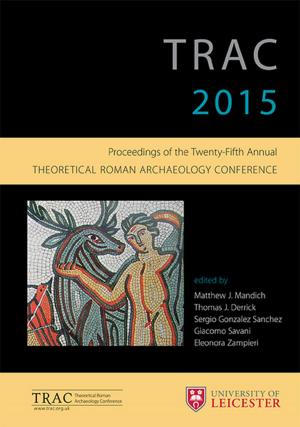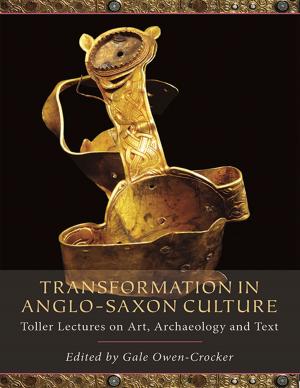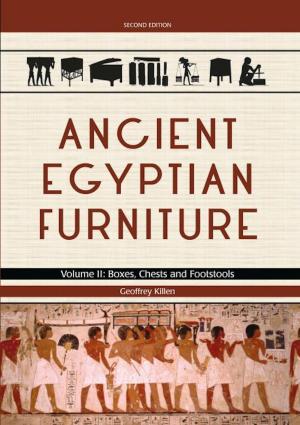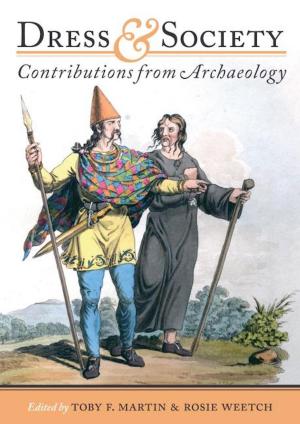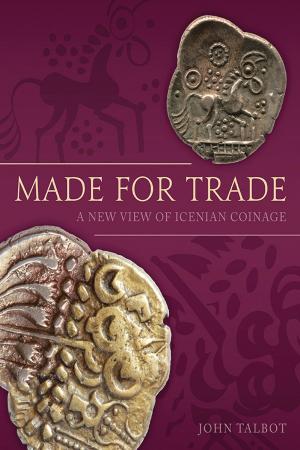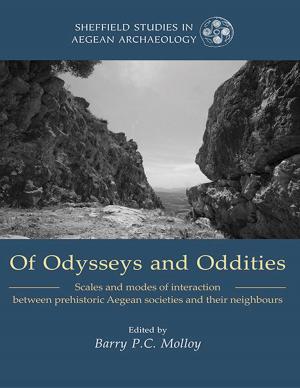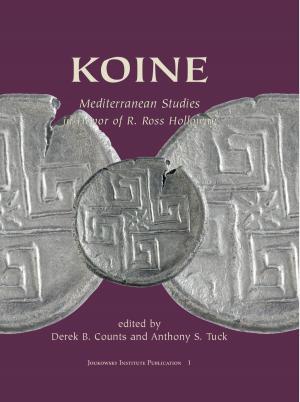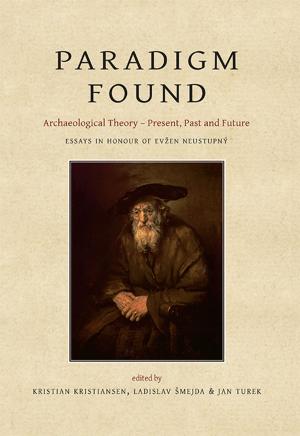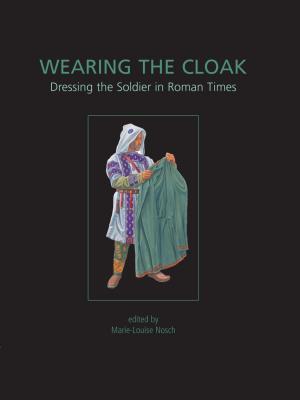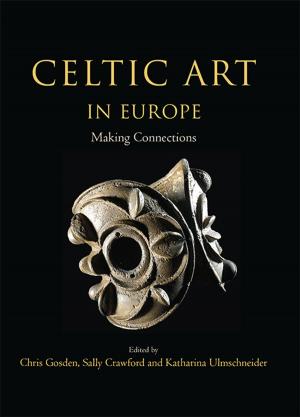Slave-Wives, Single Women and “Bastards” in the Ancient Greek World
Law and Economics Perspectives
Nonfiction, History, Ancient History, Greece| Author: | Morris Silver | ISBN: | 9781785708640 |
| Publisher: | Oxbow Books | Publication: | January 31, 2018 |
| Imprint: | Oxbow Books | Language: | English |
| Author: | Morris Silver |
| ISBN: | 9781785708640 |
| Publisher: | Oxbow Books |
| Publication: | January 31, 2018 |
| Imprint: | Oxbow Books |
| Language: | English |
Greek scholars have produced a vast body of evidence bearing on nuptial practices that has yet to be mined by a professional economist. By standing on their shoulders, the author proposes and tests radically new interpretations of three important status groups in Greek history: the pallakē, the nothos, and the hetaira.
It is argued that legitimate marriage – marriage by loan of the bride to the groom – was not the only form of legal marriage in classical Athens and the ancient Greek world generally. Pallakia – marriage by sale of the bride to the groom – was also legally recognized. The pallakē-wifeship transaction is a sale into slavery with a restrictive covenant mandating the employment of the sold woman as a wife. In this highly original and challenging new book, economist Morris Silver proposes and tests the hypothesis that the likelihood of bride sale rises with increases in the distance between the ancestral residence of the groom and the father’s household.
Nothoi, the bastard children of pallakai, lacked the legal right to inherit from their fathers but were routinely eligible for Athenian citizenship.
It is argued that the basic social meaning of hetaira (companion) is not ‘prostitute’ or ’courtesan,’ but ‘single woman’ – a woman legally recognized as being under her own authority (kuria). The defensive adaptation of single women is reflected in Greek myth and social practice by their grouping into packs, most famously the Daniads and Amazons.
Greek scholars have produced a vast body of evidence bearing on nuptial practices that has yet to be mined by a professional economist. By standing on their shoulders, the author proposes and tests radically new interpretations of three important status groups in Greek history: the pallakē, the nothos, and the hetaira.
It is argued that legitimate marriage – marriage by loan of the bride to the groom – was not the only form of legal marriage in classical Athens and the ancient Greek world generally. Pallakia – marriage by sale of the bride to the groom – was also legally recognized. The pallakē-wifeship transaction is a sale into slavery with a restrictive covenant mandating the employment of the sold woman as a wife. In this highly original and challenging new book, economist Morris Silver proposes and tests the hypothesis that the likelihood of bride sale rises with increases in the distance between the ancestral residence of the groom and the father’s household.
Nothoi, the bastard children of pallakai, lacked the legal right to inherit from their fathers but were routinely eligible for Athenian citizenship.
It is argued that the basic social meaning of hetaira (companion) is not ‘prostitute’ or ’courtesan,’ but ‘single woman’ – a woman legally recognized as being under her own authority (kuria). The defensive adaptation of single women is reflected in Greek myth and social practice by their grouping into packs, most famously the Daniads and Amazons.

